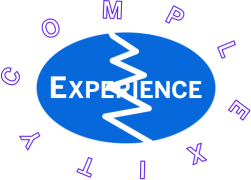I just spent two days in Miami with a great group of executives who are part of the SAP CX Client Advisory Board. One of their presentations described the company’s technology transformation, and included a stream of activity around “decomplexing.” I loved seeing that!

Complexity ends up oozing its way into all types of experiences. Complex products, prices, or processes lead to ill-prepared employees and confused customers. A complex set of benefits leads to ill-prepared HR representatives and confused employees. A complex brand positioning leads to erratic messages and a confused marketplace.
The problem even goes beyond confusion, as complexity causes people to make mistakes — or even to think they made mistakes when they hadn’t. It generates large numbers of unproductive interactions, as people try and sort through the complexity to figure out what they want to, or need to do.
People often try and mask complexity. And while that may be effective in some situations, it ends up failing almost all the time. Why? Because complexity oozes its way into everything. It’s extremely hard to contain. A complex pricing structure can be masked with a configurator, but customers end up being confused about why they have to buy something, the price associated with the purchase, or the information on their first bill.
Organizations have a natural tendency to create complexity. They add rules and processes on top of of other rules and processes. That’s why decomplexing is a great thing to work on. It requires an explicit focus and an ongoing discipline. Making things simple is often much harder than continuing to make them complex.
Decomplexing is worth the effort.
The bottom line: Simplification is a wonderful enabler of great experiences.





